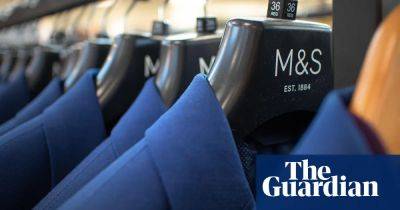I’ve campaigned for decades against the horrific lives factory-farmed chickens lead – but now there’s hope
I t’s been more than 15 years since my show Hugh’s Chicken Run exposed the treatment of the UK’smost farmed animal. The month after it aired, sales of factory-farmed chickens plummeted and free-range birds flew off the shelves as the public began to contemplate the short and brutal lives of animals they had seen only when headless, plucked and smothered in clingfilm.
The programme was broadcast on Channel 4 to millions of viewers, and I hoped it would spark a nationwide revolt against the “two for a fiver” birds in supermarket fridges, the insultingly low price for which could only be achieved by systematic cruelty. I had hoped that beaming footage of these abused chickens into people’s living rooms might make them think twice about their dinner, and shop differently for ever.
But despite years of campaigning, chicken farming remains mostly crowded, confining and – above all – cruel. The more things change, the more they stay the same.
When the show came out in 2008, there were 850m chickens being reared in miserable factories across the UK. Now there are more than 1bn. If you put that shocking number of chickens in a line, it would go around the globe 12.5 times. In 2008, more than 95% of chickens were factory farmed; now that figure is close to 90%. That’s not nothing, but it is not the revolution I’d hoped for.
We did contribute to change. New welfare initiatives such as the Better Chicken Commitment (BCC) were created and championed by animal welfare charities and their supporters around the globe. Today, farms that follow the BCC guidelines give chickens more space, and environmental enrichment to encourage natural behaviour patterns such as foraging, perching and pecking. And they prohibit the use of unnaturally
Read more on theguardian.com







